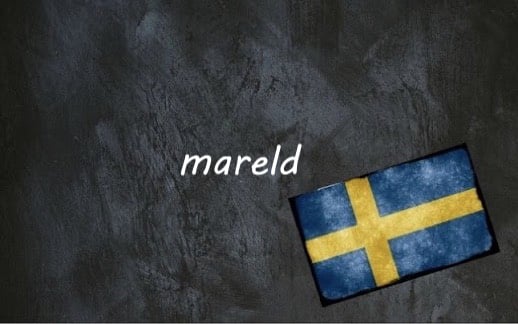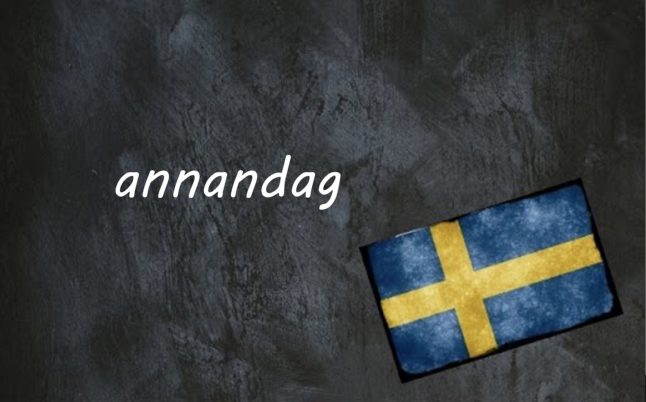In English ‘milky seas’, also called ‘mareel’, is the phenomenon whereby the surface of the sea sometimes lights up or glows translucently in varying shades of blue. In Swedish this is called mareld.
Mareld, which can extend for hundreds of miles across the ocean, is caused by bioluminescence, light emitted by biological organisms. In the case of mareld, it’s caused by microscopic plankton, which glow brightly enough at night to be visible from satellites orbiting the Earth. You may have seen it in Kon-Tiki, the feature film about famed Norwegian explorer Thor Heyerdahl.
The plankton emit light when disturbed by boat propellers or swimmers, or more often by predatory fish. The light is actually a defensive reaction to small fish praying on them, and it has evolved to attract larger predatory fish that will feed on the fish eating the plankton, on the principle of ‘the enemy of my enemy is my friend’.
Mareld comes from Old Norse.
But the mar- in mareld is not from mara, the female demon who rides on people’s chests in their sleep, causing night-mares, or, in Swedish, a mardröm.
The Old Norse word for ‘sea’ was not hav, a word which first appears in the time of the Vikings, but marr, close to the Latin equivalent mare.
The word mareld in Danish and Norwegian is morild, in English, at least in the Shetland dialect, you get ‘mareel’, in Icelandic maurildi, and in Finnish merituli.
The -eld is of course from the Swedish word for ‘fire’, the origin of which is also old and Germanic.
Mareld can be breathtaking, but is unfortunately not something you will see that often.
Many may not even know what mareld is, so ask your Swedish friends if they are familiar with it, or if they maybe have even seen it.
Example sentences:
Titta vad vackert! Vad är det? Det är mareld.
Look how beautiful! What is it? It is mareel.
Visste du att mareld ibland syns från rymden?
Did you know that mareel is sometimes visible from space?
Villa, Volvo, Vovve: The Local’s Word Guide to Swedish Life, written by The Local’s journalists, is now available to order. Head to lysforlag.com/vvv to read more about it. It is also possible to buy your copy from Amazon US, Amazon UK, Bokus or Adlibris.



 Please whitelist us to continue reading.
Please whitelist us to continue reading.
Member comments